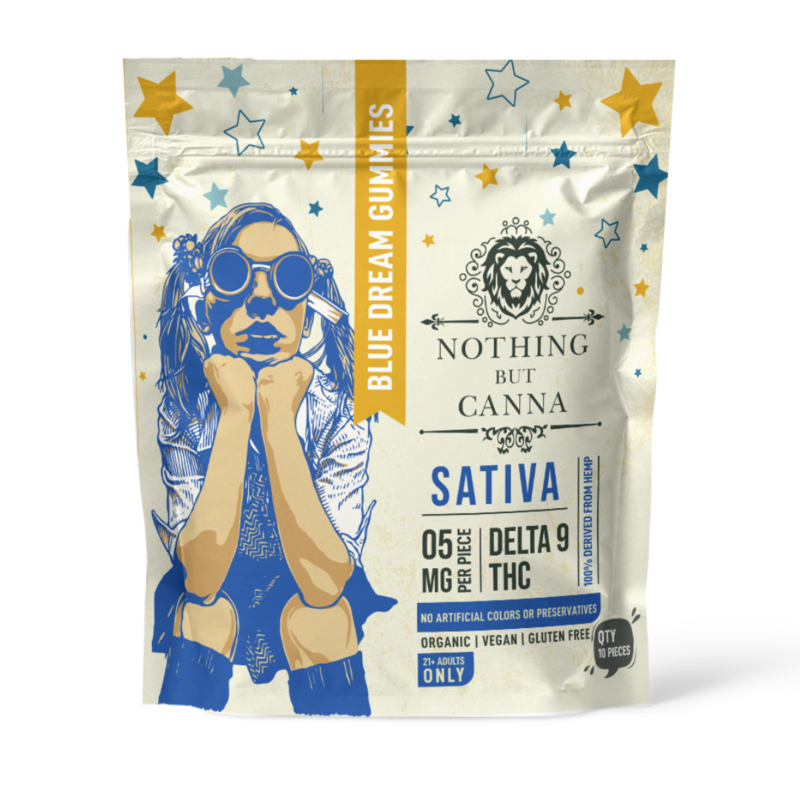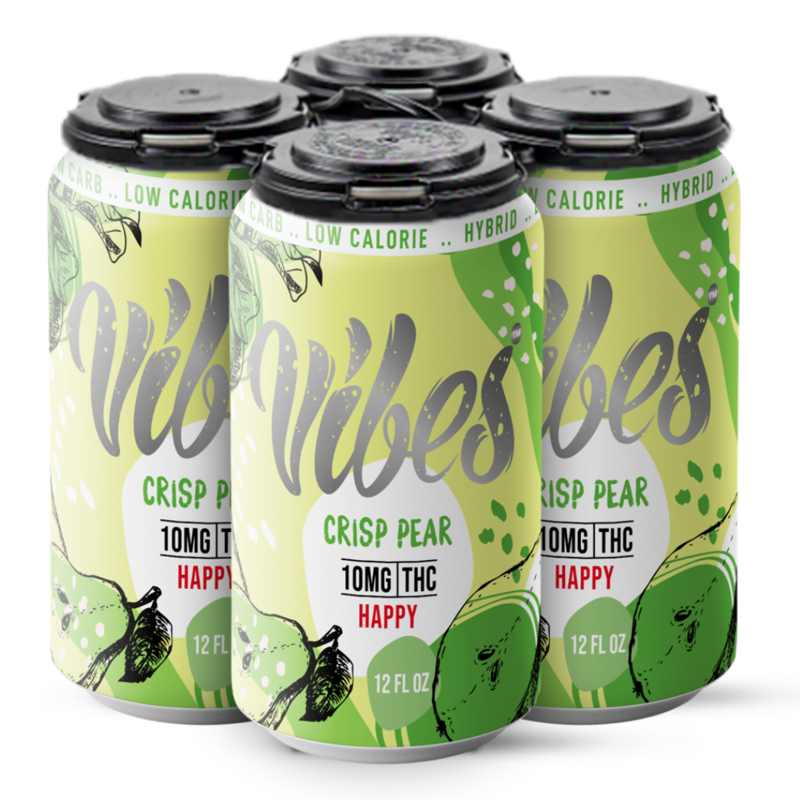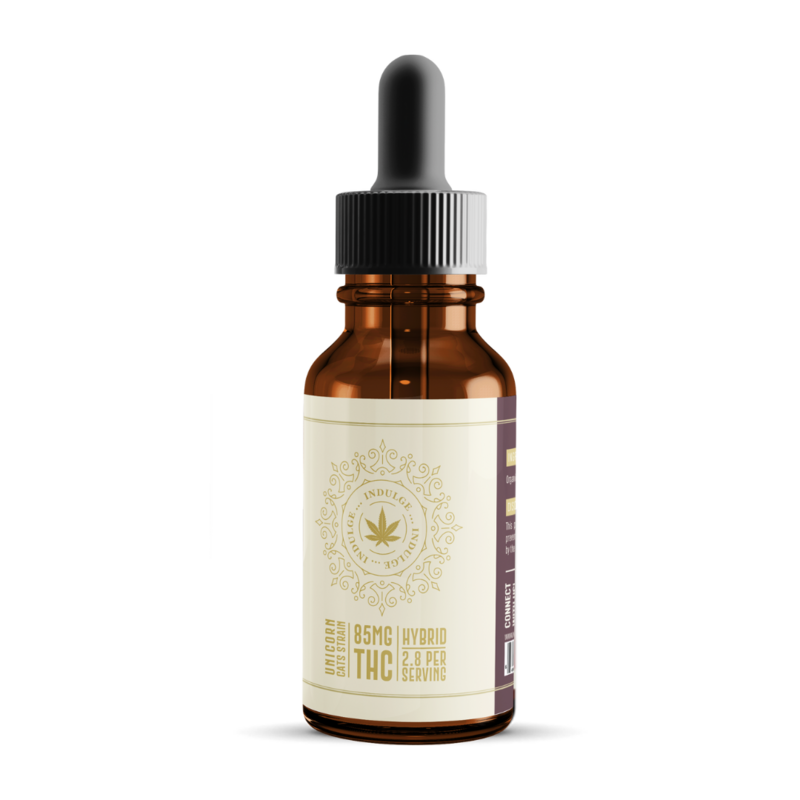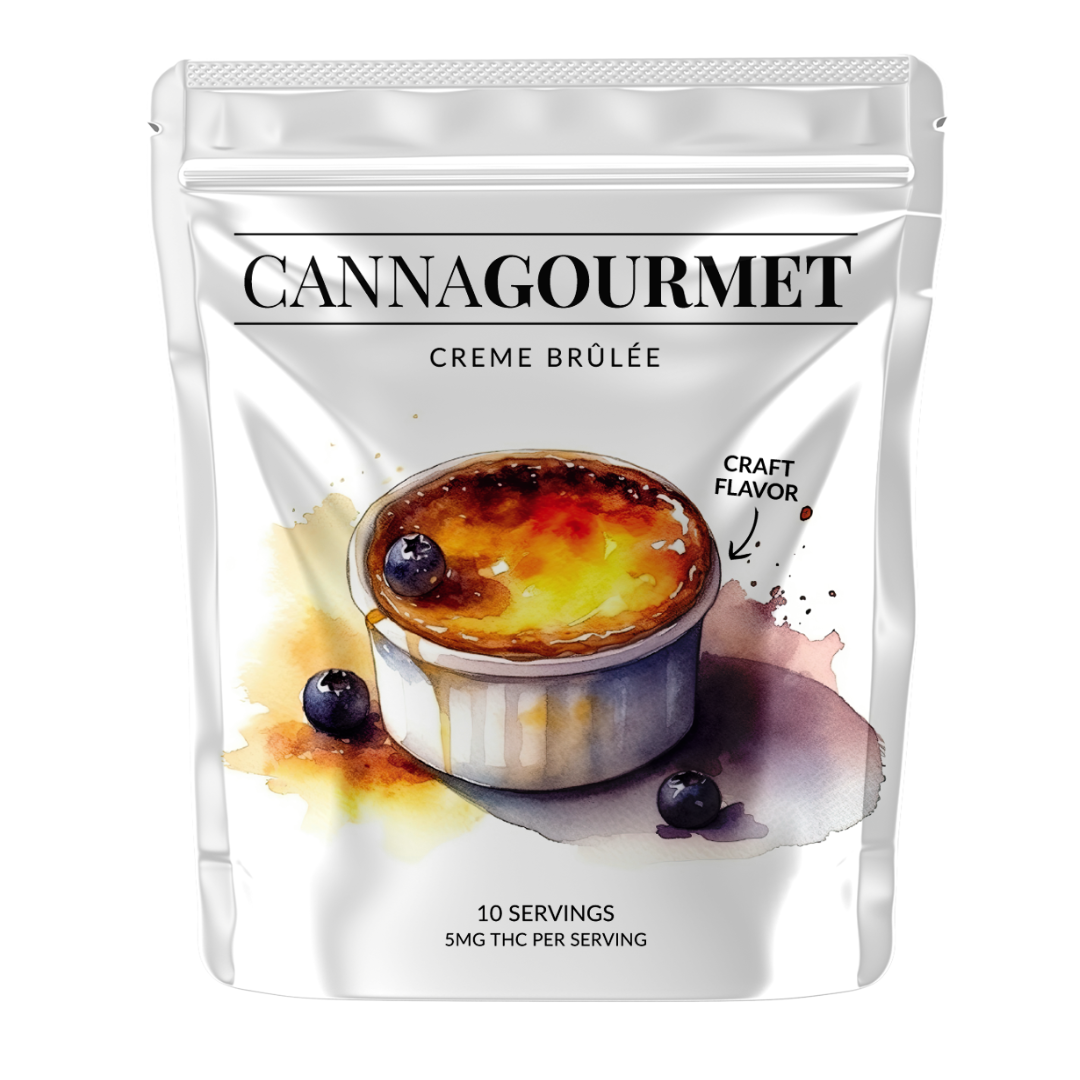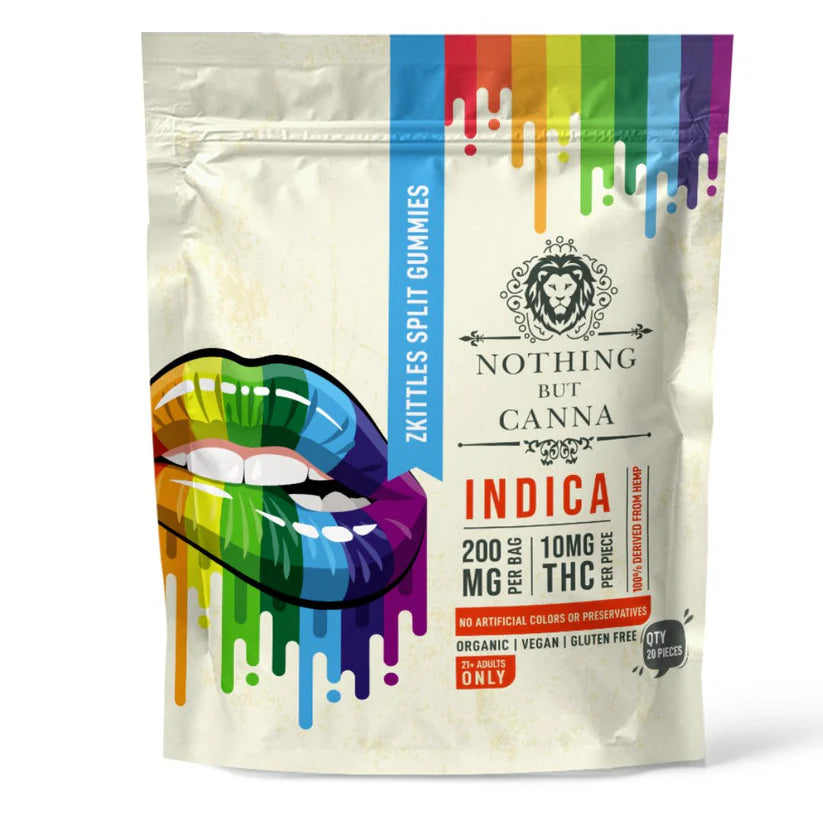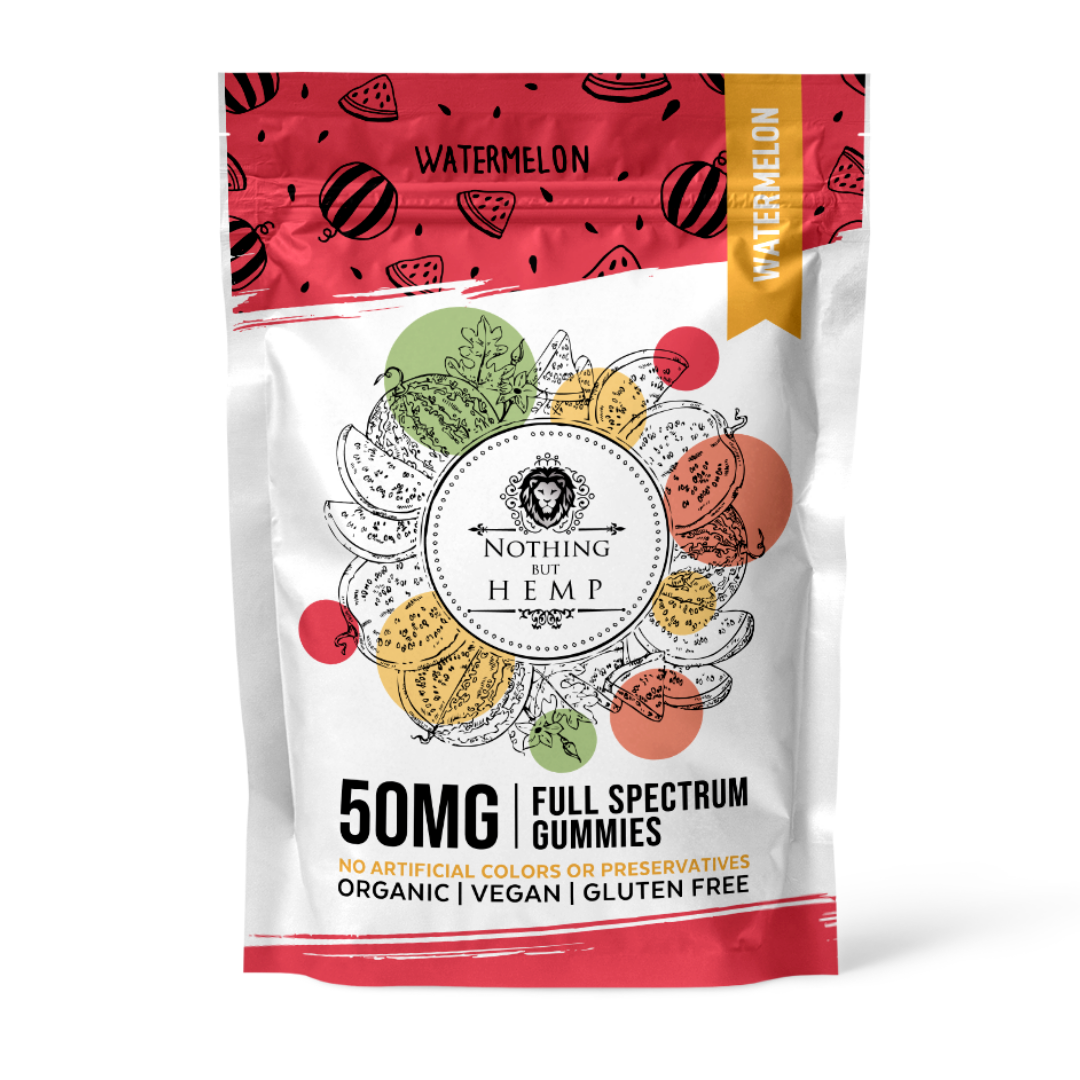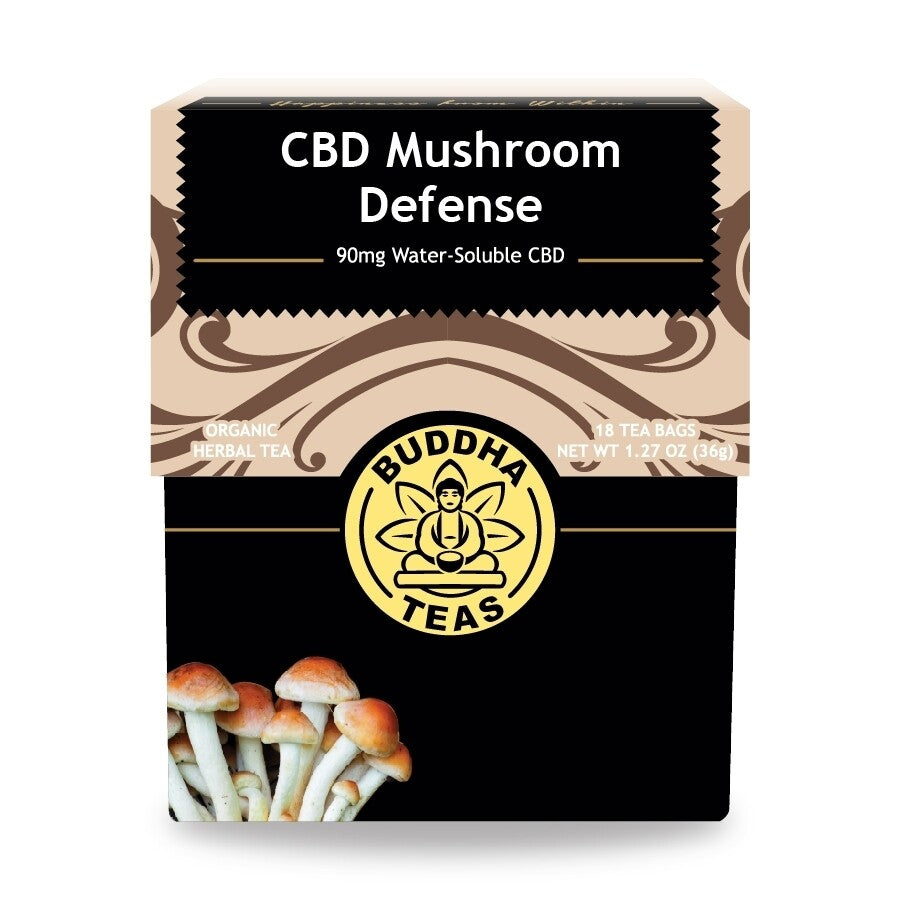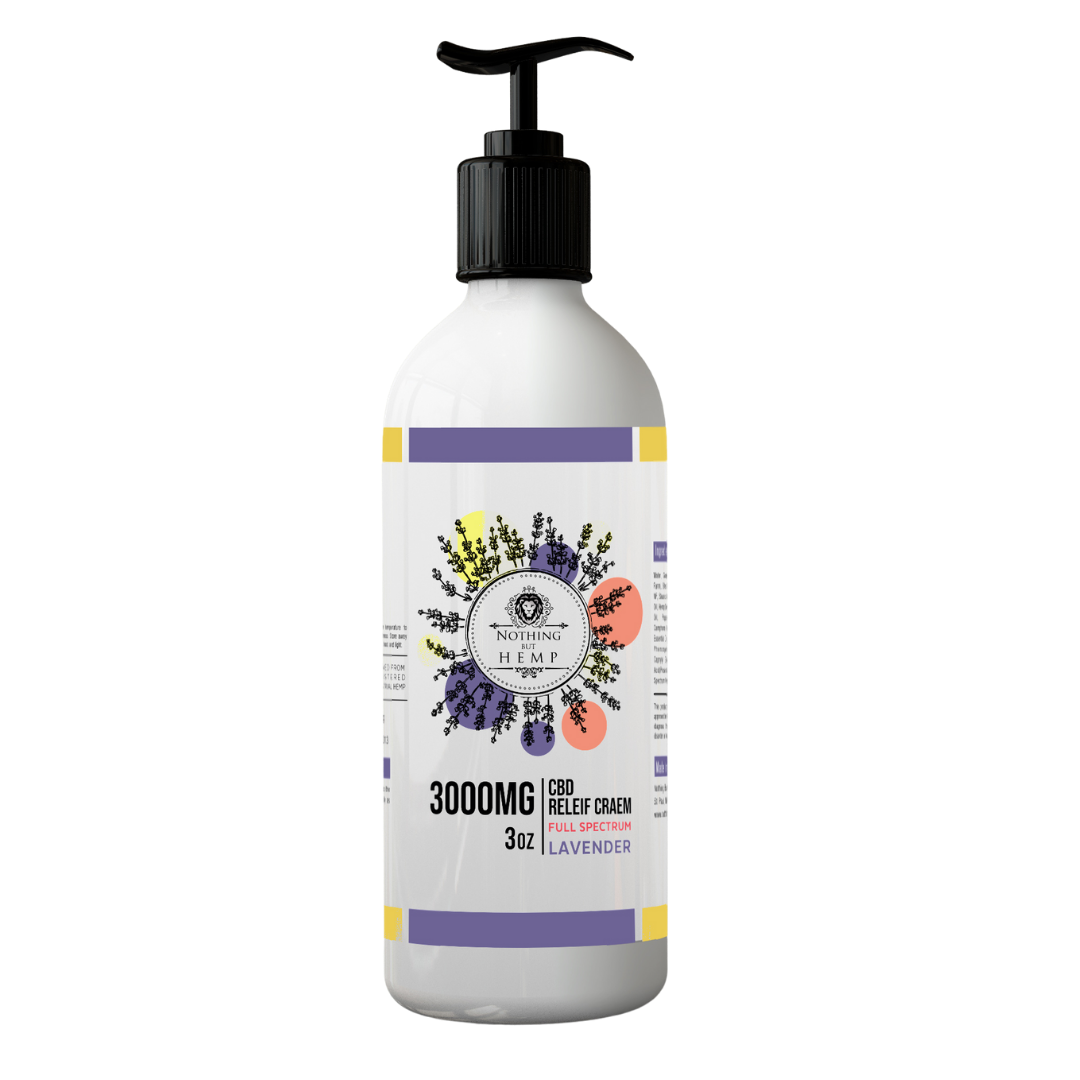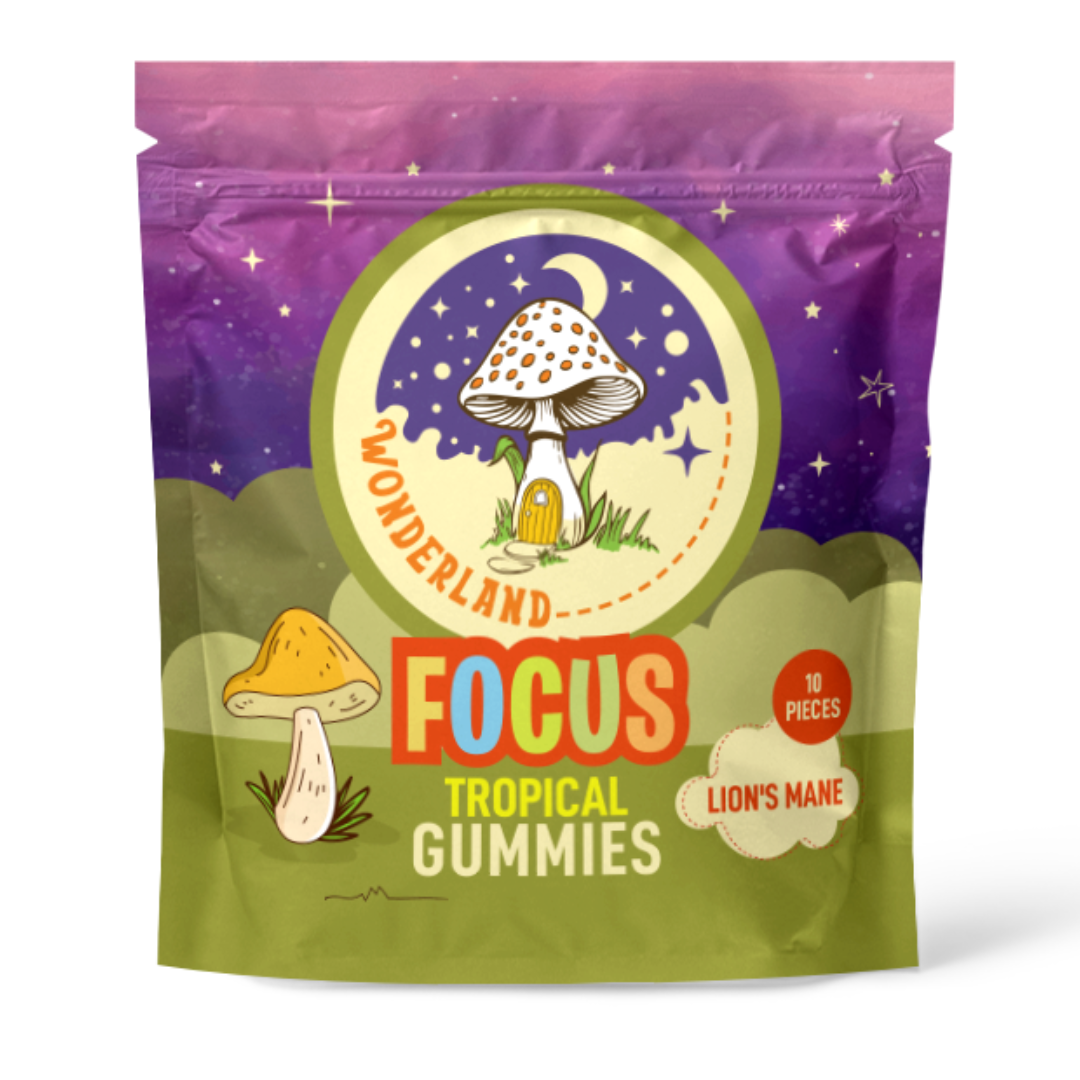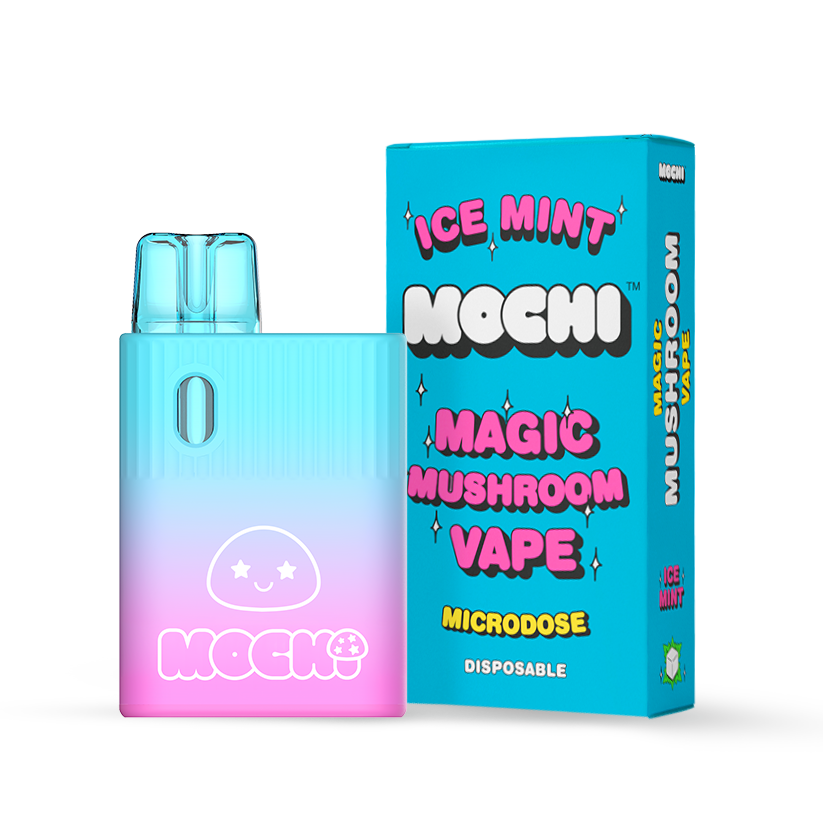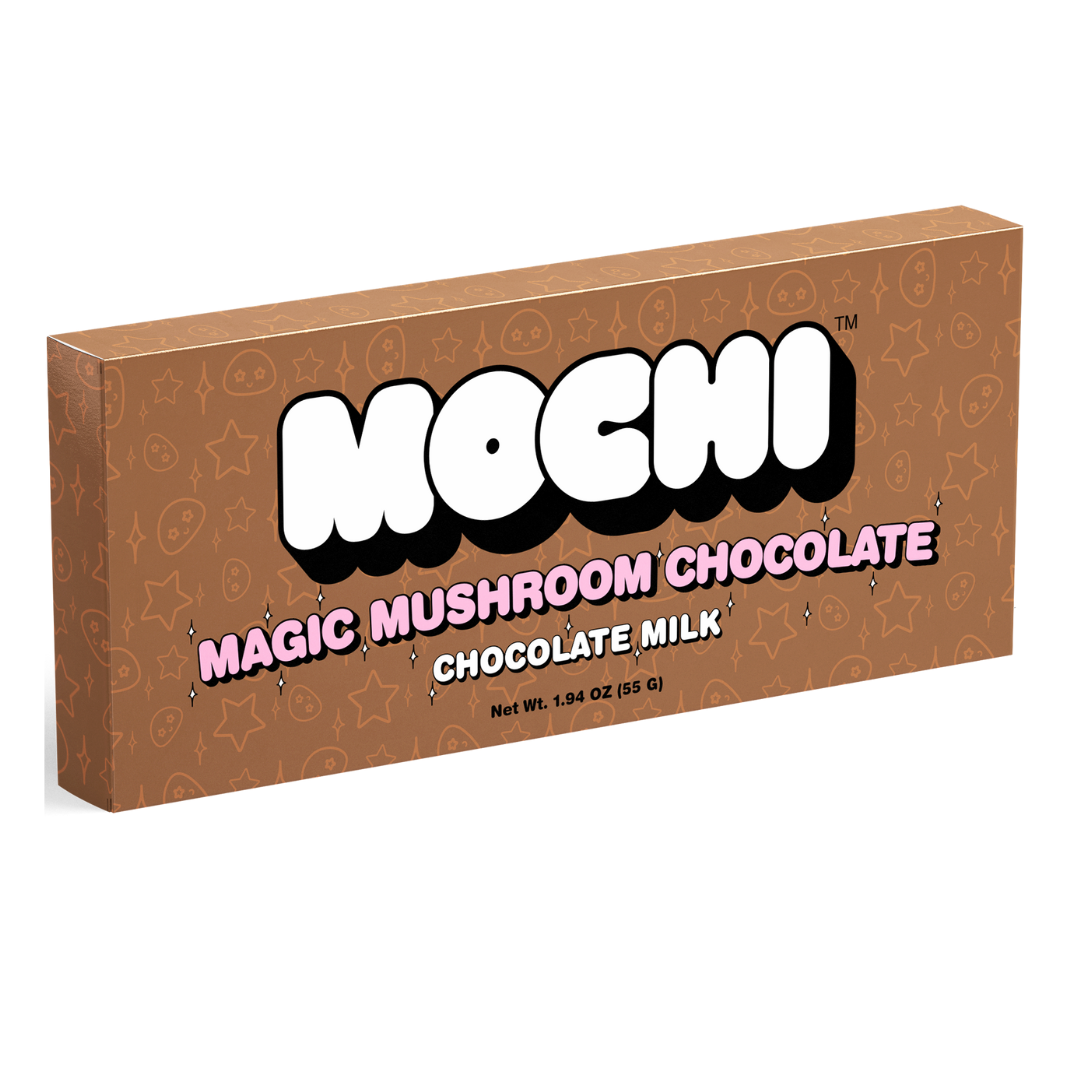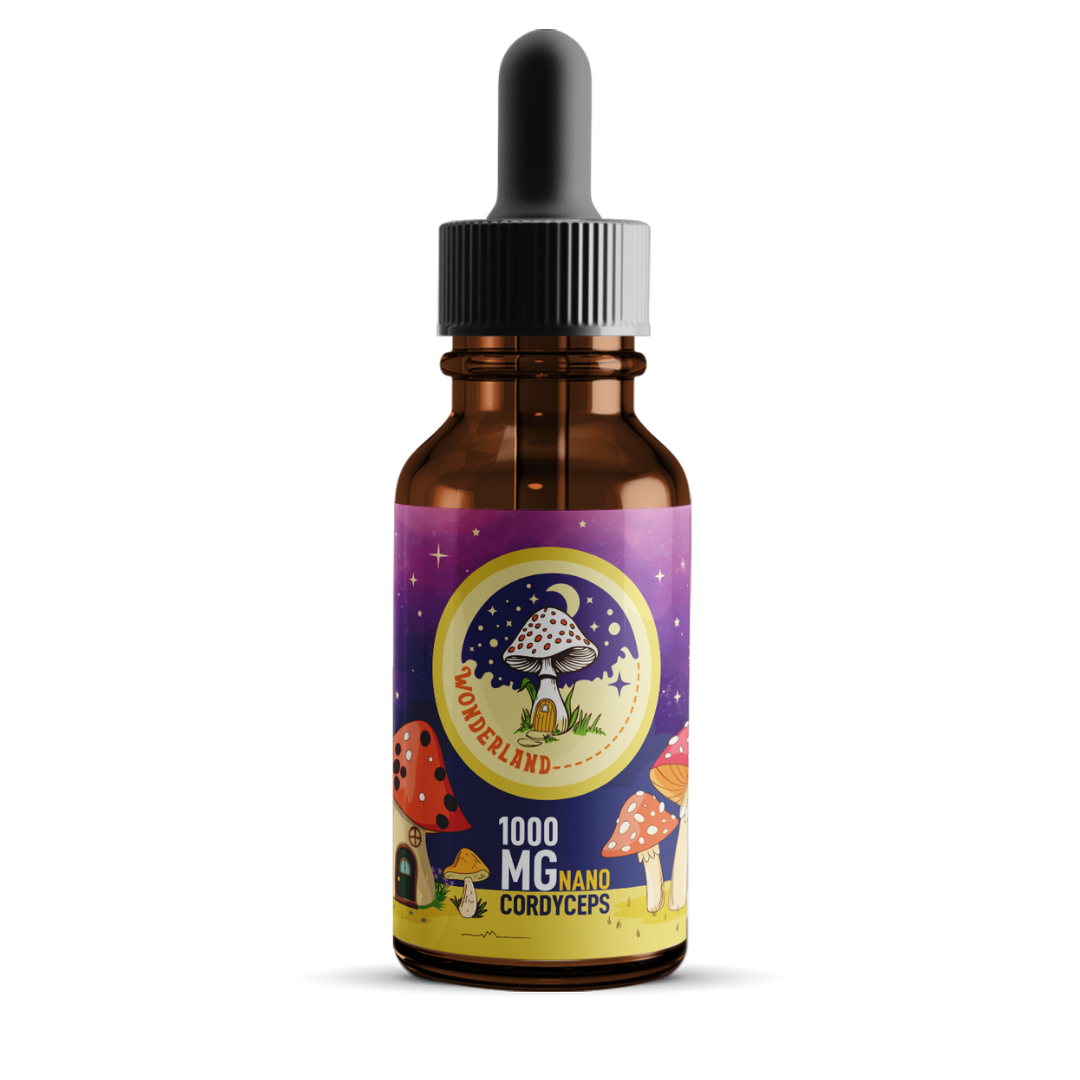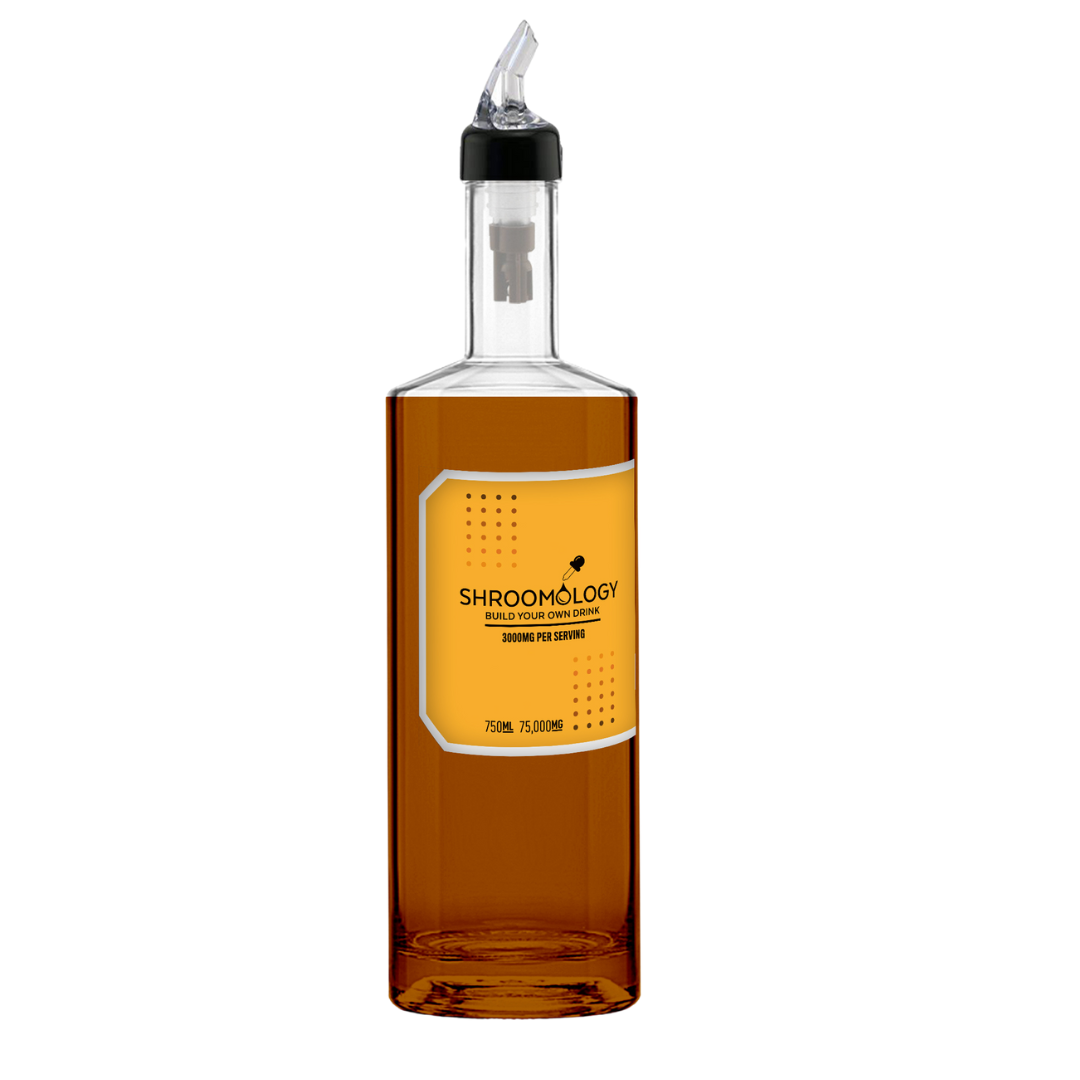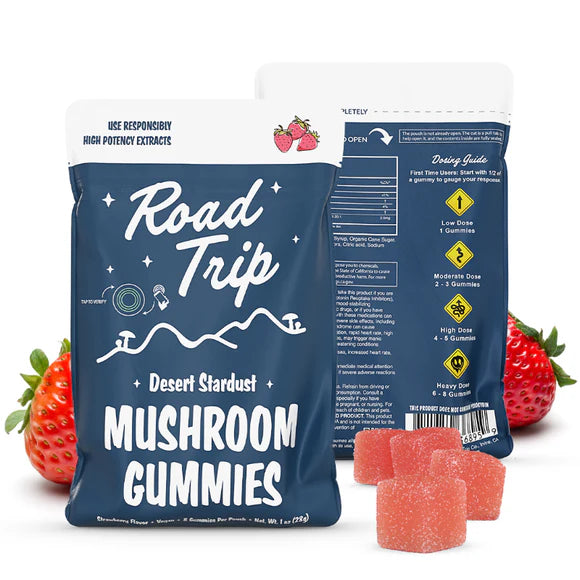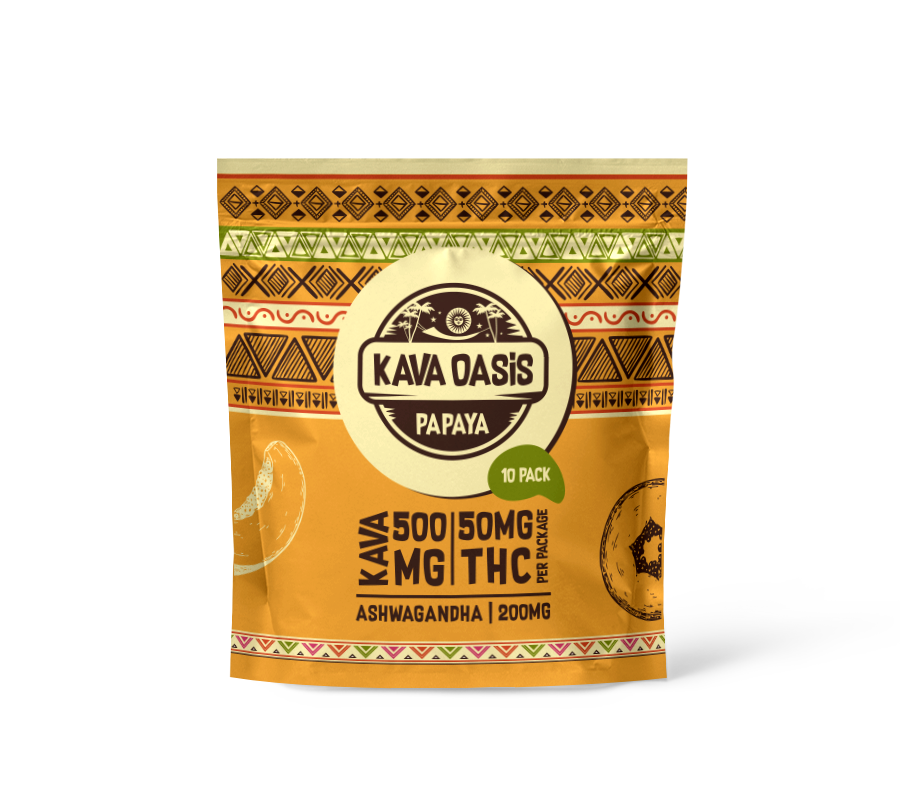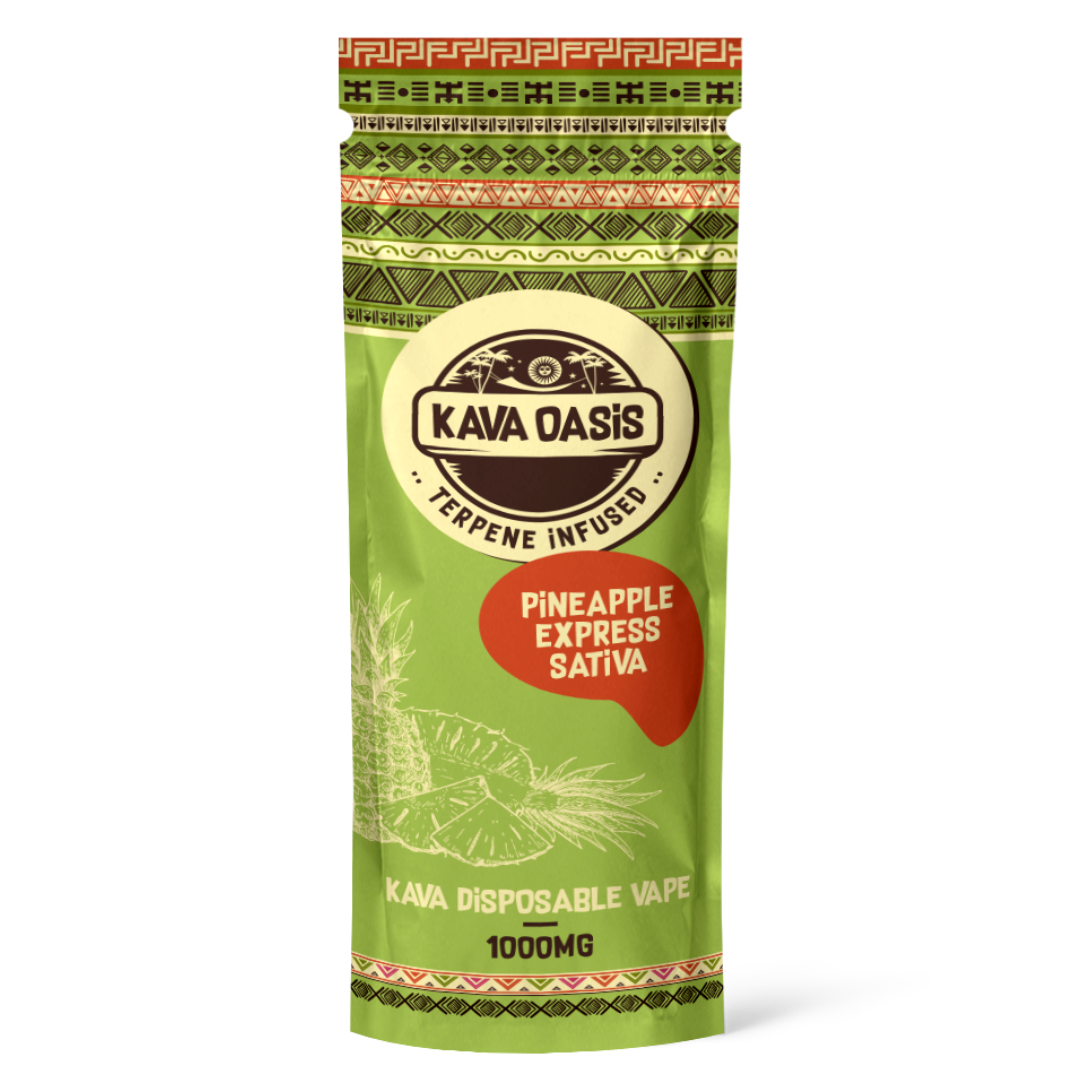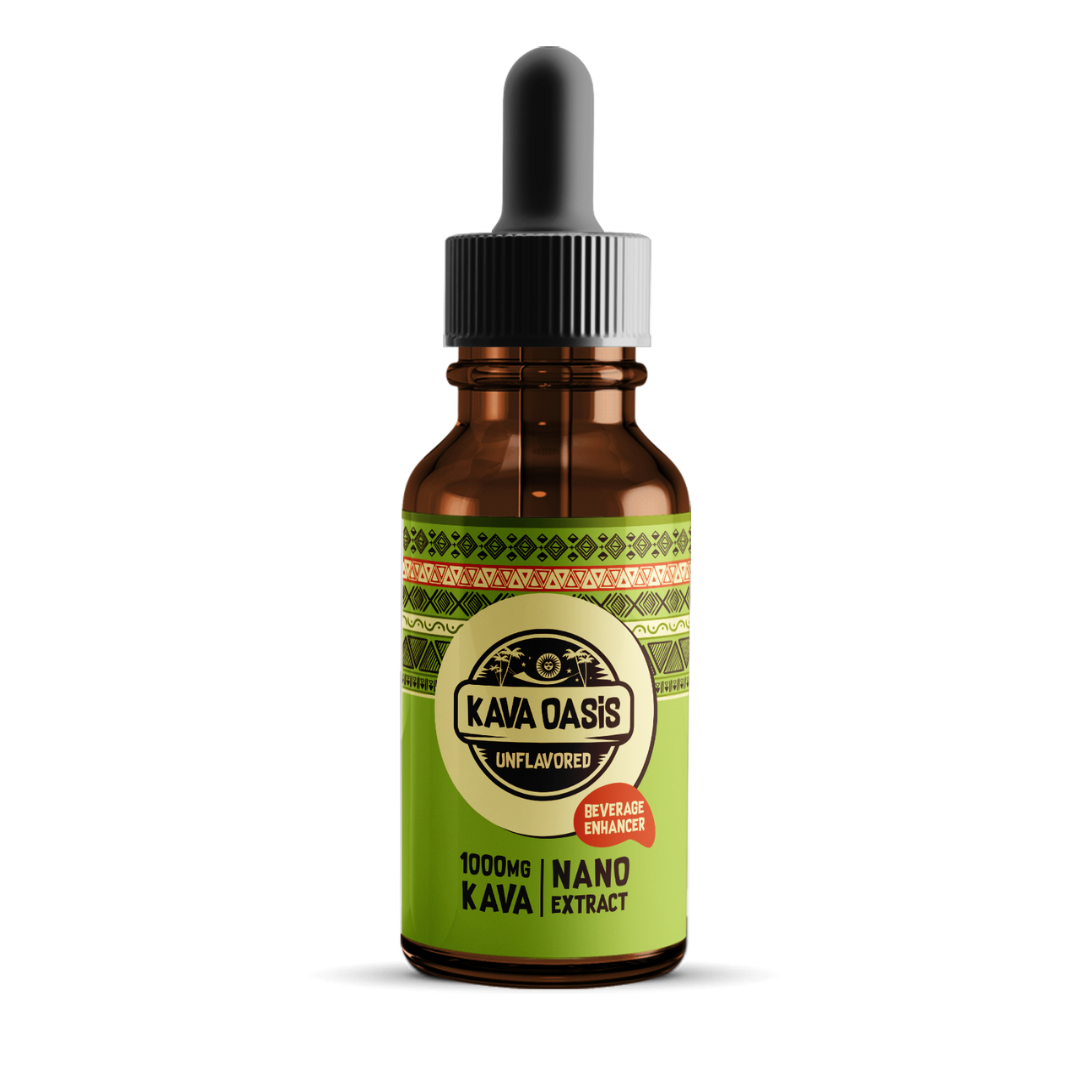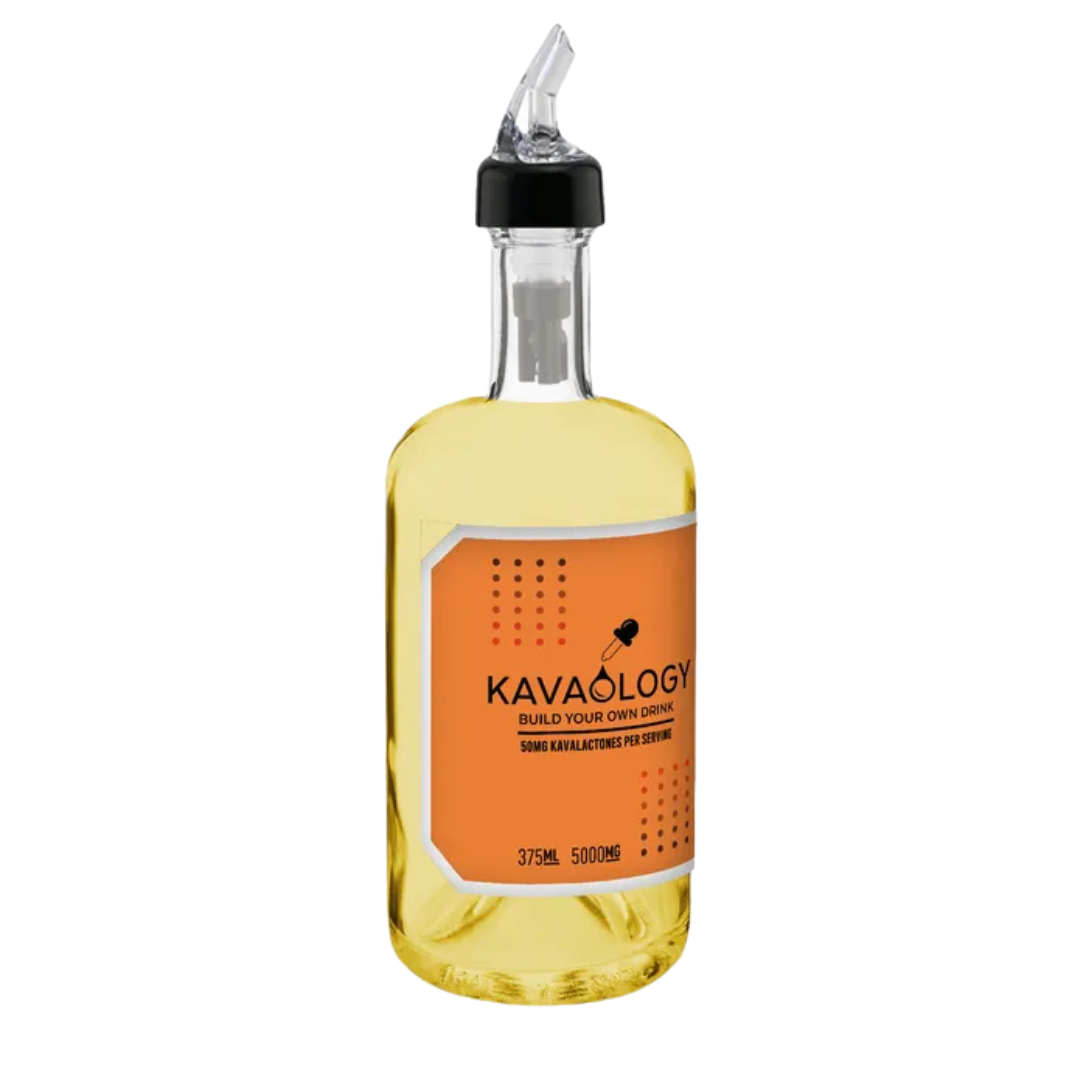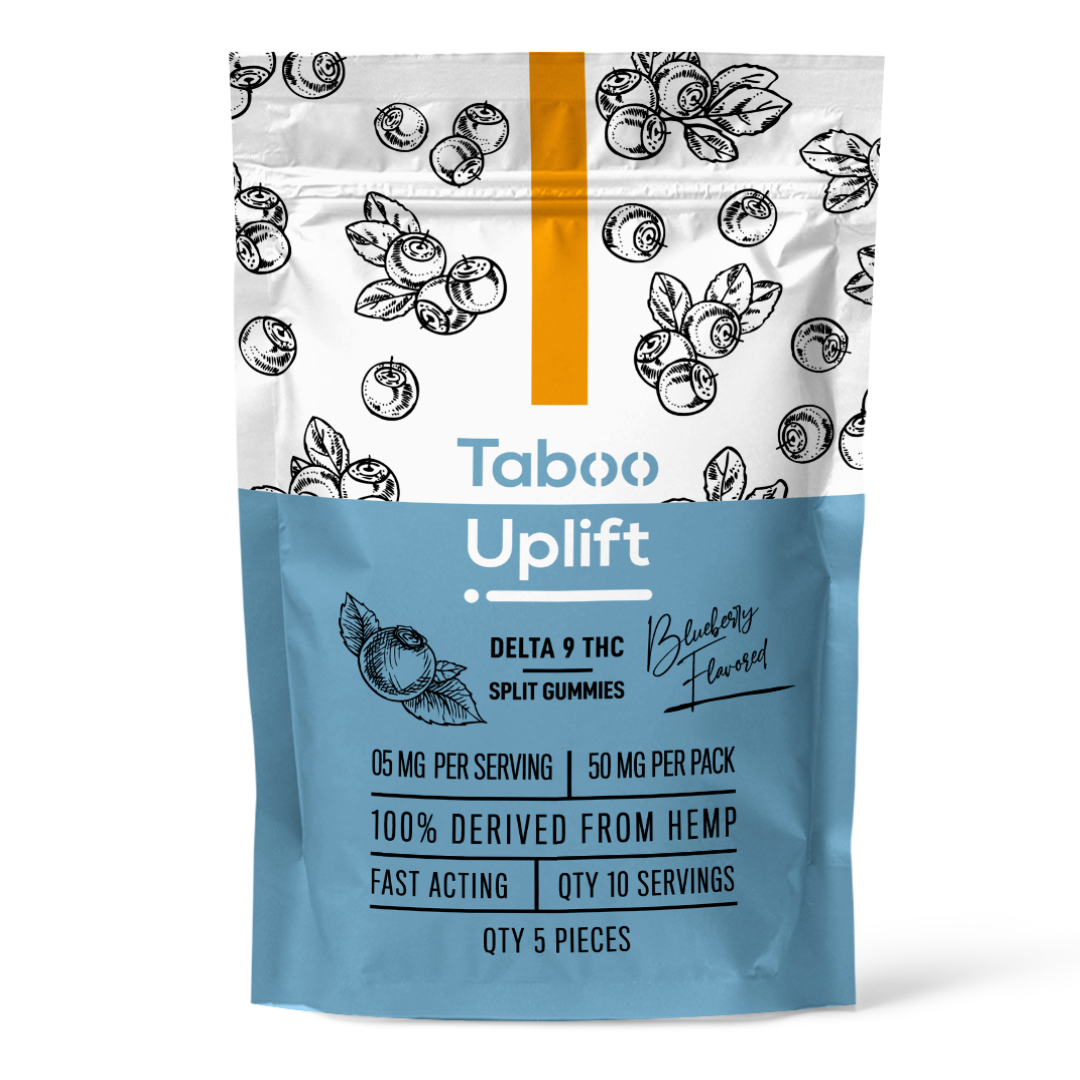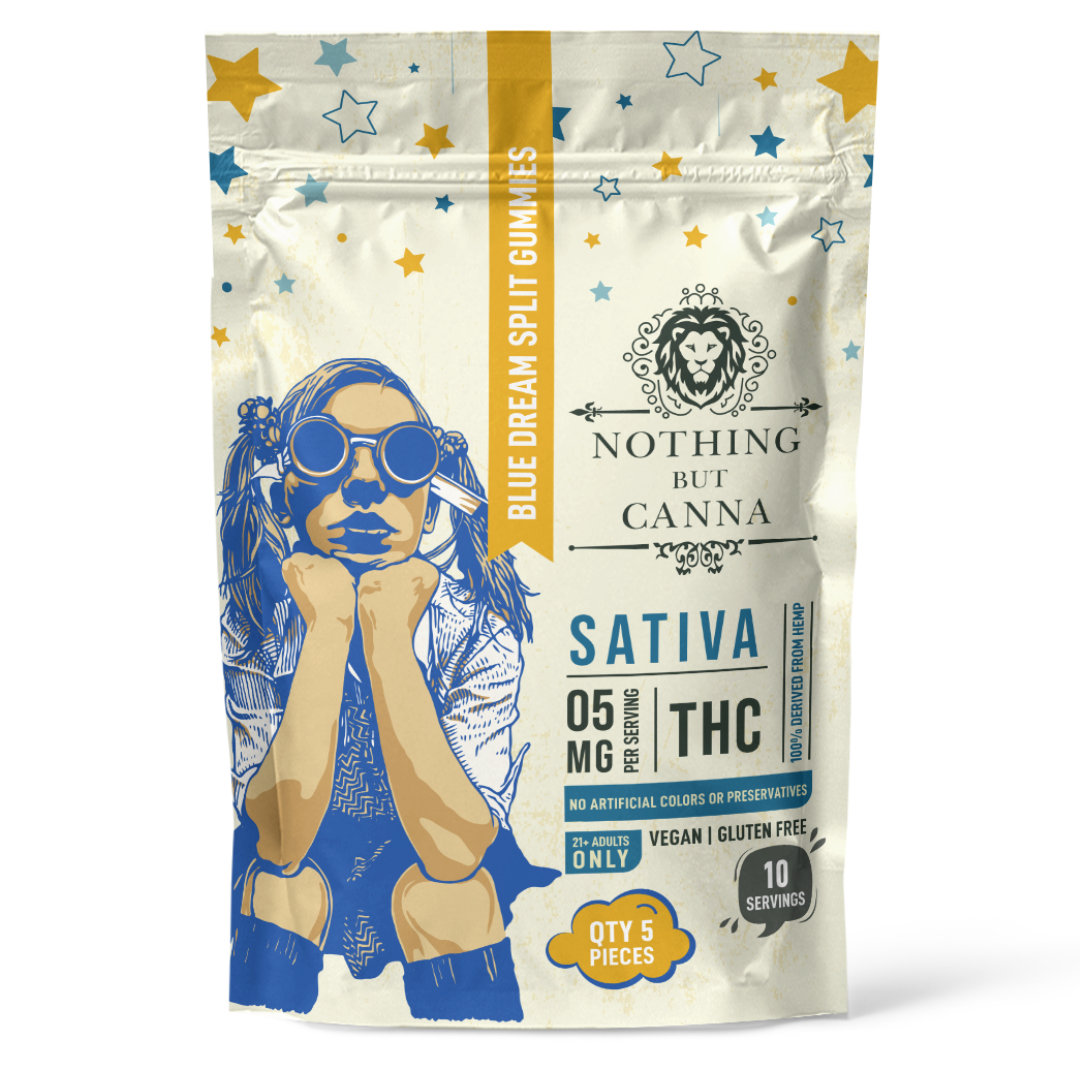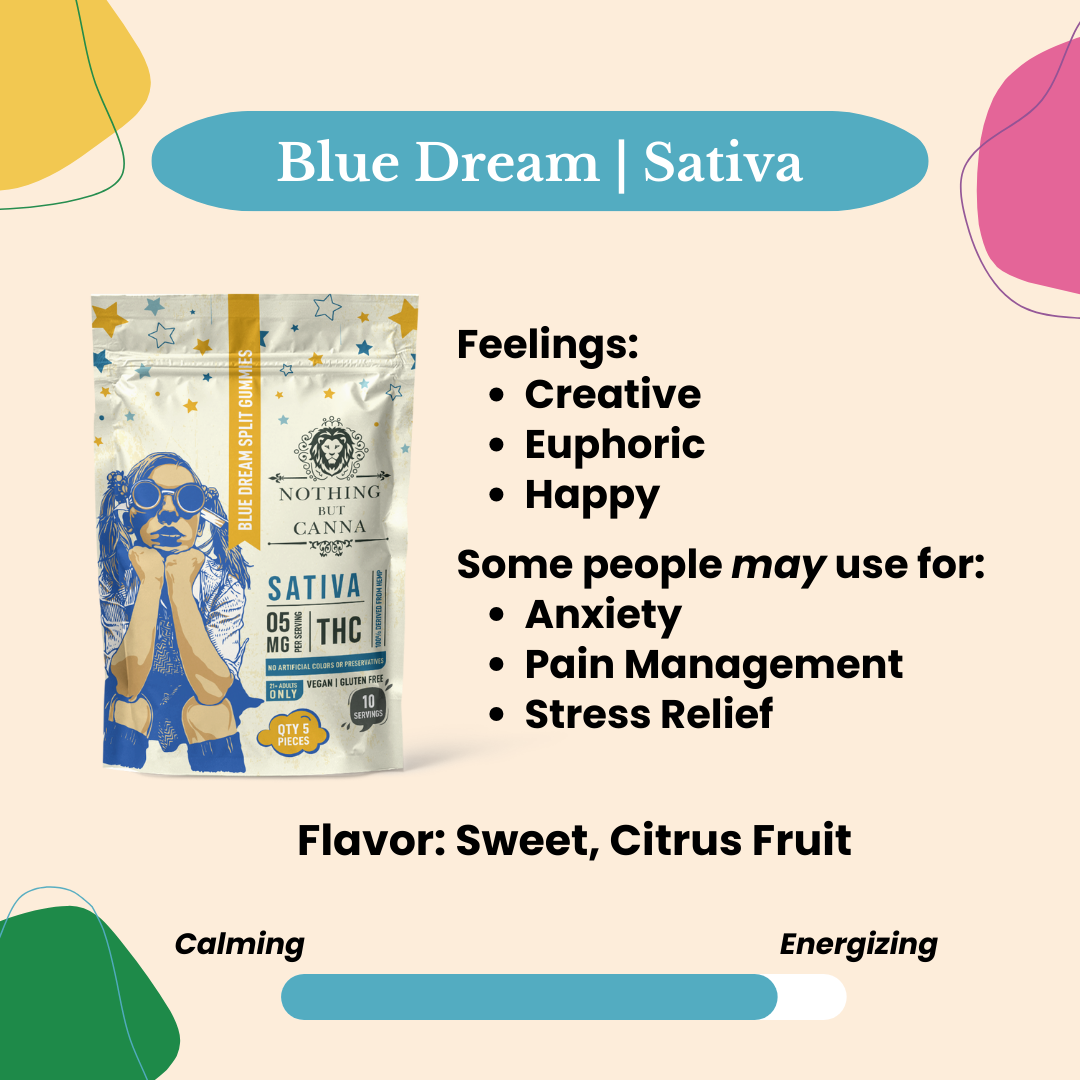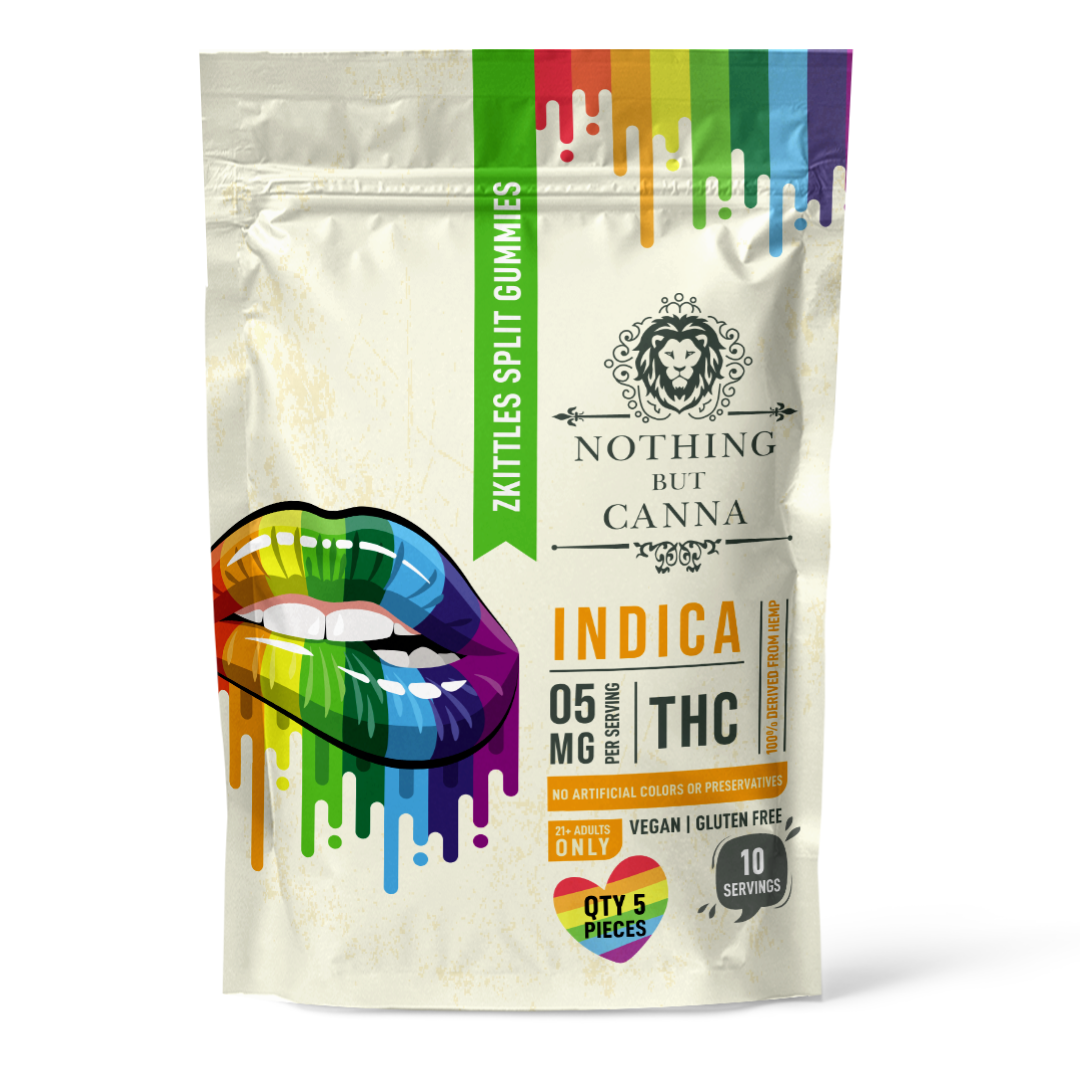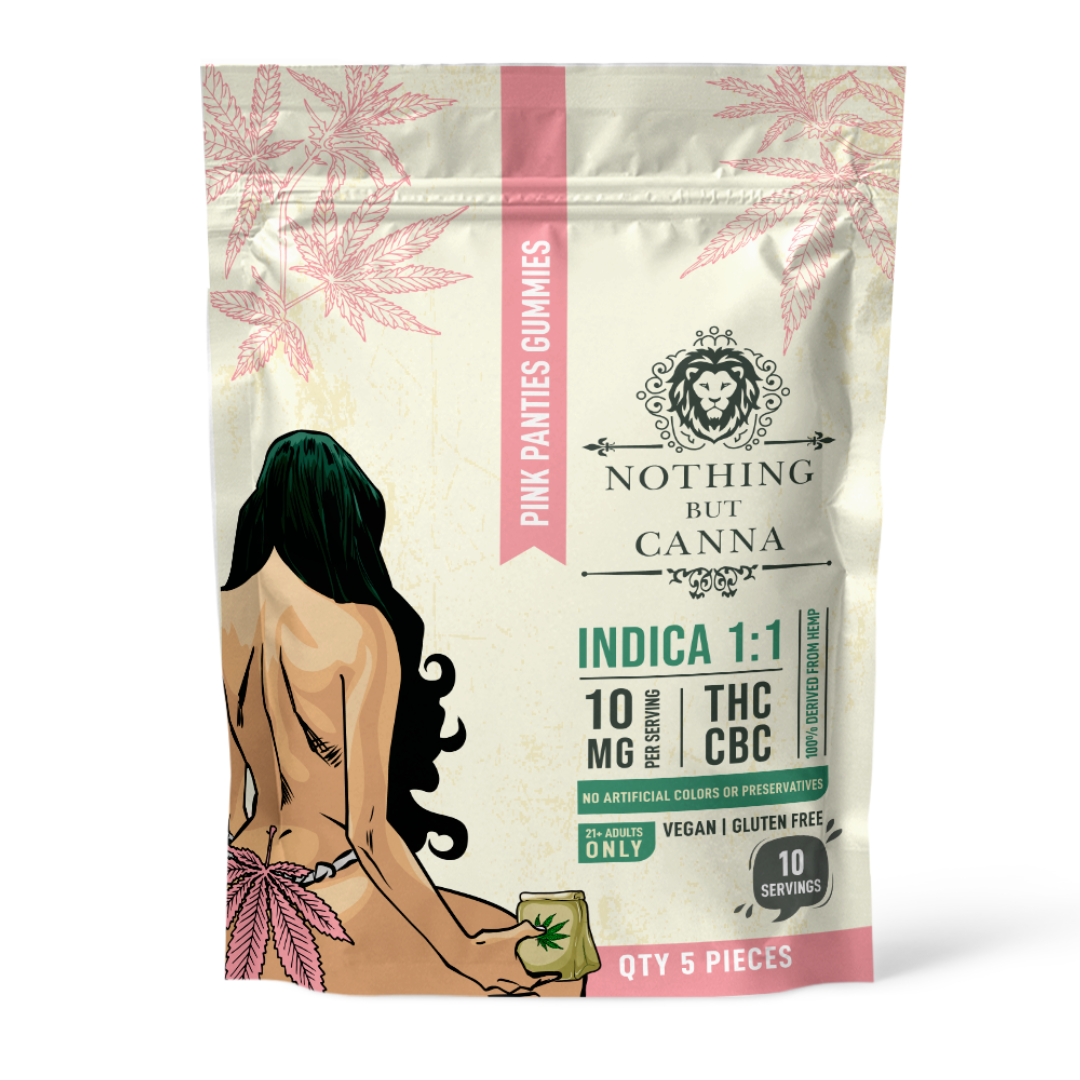The Midwest hemp and cannabis market—once a frontier of innovation—is now facing a new threat: price compression. What began as healthy competition has evolved into a race to the bottom, where price—not quality, not value, not innovation—is becoming the only battleground.
We’re seeing gummies priced as low as $5 per bag of gummies, and 4-packs of THC beverages retailing for $7.99. These numbers might seem appealing at first glance, but they beg the question: At what cost to the industry, to the brand, and to the consumer experience?
At Nothing But Hemp, our mission is rooted in value-driven product development. We formulate our offerings with intentionality—whether it’s by adding functional botanicals, minor cannabinoids, or precisely engineered terpene blends. Watching the industry undervalue itself—especially as large marijuana multi-state operators (MSOs) and long-time liquor industry veterans flood the market—is more than frustrating. It's a warning sign.
This blog isn’t about blame. It’s a reflection on where we’re headed—and how brands can protect their integrity and future by avoiding the trap of the lowest price.
The Midwestern Squeeze: Price Wars Have Begun
The reality is playing out across dispensaries, liquor stores, and online retailers: price tags are dropping, and fast.
On one hand, the democratization of access—products at different price points—is a sign of maturity in any consumer category. But what’s happening in hemp-derived THC is different. It’s not just price diversity; it’s a rapid, industry-wide compression that threatens product quality, brand perception, and long-term sustainability.
We’re seeing it every day: new adult-use hemp startups, legacy liquor distributors, and MSOs moving downstream to capitalize on hemp loopholes. They have the resources to mass-produce and undercut pricing, but often at the expense of product integrity, cannabinoid diversity, and meaningful consumer education.
These players are treating cannabis as a commodity, not a culture. And when commodity pricing takes over, value becomes invisible.
Why Price Slashing Isn’t Sustainable
Let’s be clear: accessible products are important. But functional products—those that go beyond THC with enhanced formulations—require higher production costs, deeper R&D, more complex compliance layers, and more nuanced consumer storytelling.
Here’s why the current price race is especially harmful:
1. It Undermines Brand Trust
Slashing prices may attract attention, but it can also signal desperation or inferiority. When a high-quality product is priced like a commodity, it tells the consumer that something’s off—even if nothing has changed internally. Trust is hard-won and easily lost.
2. It Threatens Product Integrity
If pricing becomes the only metric of competition, quality inevitably suffers. Functional beverages and gummies—those using CBG, CBN, adaptogens, or rare terpenes—are more costly to produce. If the market pushes all products to the same price floor, brands will be forced to cut corners or walk away.
3. It Pressures Independent Businesses
Smaller operators—craft formulators, family farms, and innovation-first brands—can't match the price volume of MSOs and liquor-backed players. These smaller entities are the heart of the cannabis ecosystem, but they risk being squeezed out by giants who can afford to lose money in the short term.
When Price Sends the Wrong Message
A few years ago, I read a brilliant book called Smart Pricing. One story has stayed with me:
A jewelry store in a tourist town got a deal on blue topaz stones and priced them at $50. Nothing sold. They dropped the price to $39, then $29—still no buyers. Desperate, the owner brought in a pricing consultant.
Her advice? Raise the price to $199.
The result? The entire stock sold out in a week.
Why? Because at $50, shoppers assumed it was fake or poor quality. But at $199, it looked luxurious and special. The perceived value increased with the price.
Lesson: People Buy Perception, Not Just Price
THC beverages, edibles, and vapes are no different. Pricing isn’t just about covering costs—it’s about signaling value.
If your functional gummy—crafted with specialty cannabinoids, tested for purity, wrapped in child-proof packaging—is priced the same as a generic distillate gummy with sugar and THC… what message are you sending?
You’re not just underpricing your product. You’re undervaluing your brand and training consumers to expect more for less.
The Entry of MSOs and Liquor Giants: A Double-Edged Sword
Let’s talk about the elephants in the room—the multi-state cannabis operators and national liquor companies now rushing into hemp-derived THC.
They’re coming in hard, fast, and often without the same long-term commitment that built this industry. They see hemp as an opportunistic sidestep around restrictive cannabis laws—not as a plant with nuance, potential, and history.
Armed with large budgets and massive distribution, these giants can drop prices aggressively, creating the illusion of value while crowding out smaller, more purposeful players. But their approach is rarely about education, wellness, or product innovation—it’s about scaling volume quickly, then pivoting once the margins shrink.
When legacy industries commoditize emerging markets, they don’t just shift pricing—they reshape consumer expectations. And if they leave, they leave behind a devalued landscape that smaller players must rebuild from scratch.
Straight THC vs. Functional Products: Not All SKUs Are Equal
We get it: a straight THC seltzer with no flavor modulation, no botanical enhancements, and no cannabinoid complexity should be affordable. It’s the cannabis world’s version of light beer—fun, casual, and accessible.
But a functional beverage—one that includes calming terpenes, adaptogens like ashwagandha, or balancing cannabinoids like CBD, CBG, or THCV—has more layers. It takes formulation skill, sourcing acumen, and QA rigor to bring to market.
Likewise, a gummy designed to enhance mood, boost libido, promote sleep, or sharpen focus isn’t just THC and sugar—it’s a purpose-built experience. And that experience deserves a price point that reflects its real value.
How to Compete Without Racing to the Bottom
As brands, formulators, and retailers, we do have a choice. We can protect the integrity of our products and hold the line on value.
Here’s how:
-
Educate consumers about what goes into your product—from ingredient quality to lab testing and compliance.
-
Use pricing as a tool to signal quality, not just compete on cost.
-
Tell your story—why you made it, who it’s for, how it’s different.
-
Lean into innovation: If everyone’s selling the same product, why not invent something they can’t copy?
And finally: don't be afraid to charge what you're worth. If you’ve invested in formulation, design, research, and team culture—your pricing should reflect that.
The Bottom Line: You Can’t Build an Industry on Discounts
The hemp and cannabis industries are still in their adolescence. These are formative years. The decisions we make now—especially around pricing—will influence how consumers, regulators, and retailers perceive us for decades to come.
Let’s not repeat the mistakes of commoditized industries that came before us. Let’s build with intent, value, and vision.
Cheap products might win the short game—but value-driven brands win the long game.

